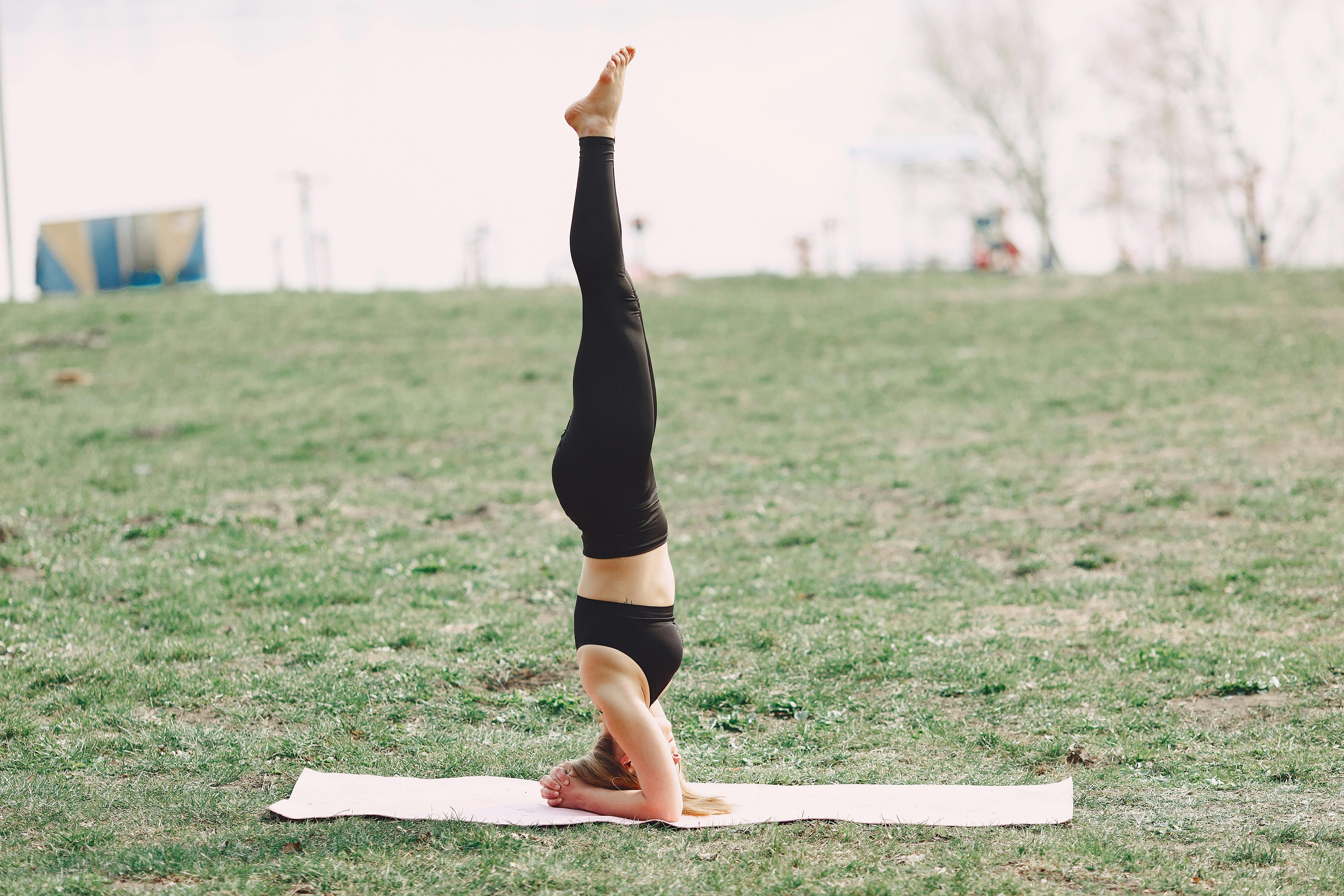Using a paper bag to breathe again (a person exhales air into the paper bag and then inhales it) has been known for centuries to help artists and other artists deal with stage fright or stage fright. It has been a popular technique, especially among young artists. Because it helps?
If you observe people who are in the confusion and panic stage (for example, in horror movies), you may notice that their breathing is irregular, deep and through the mouth. Respiration controls the blood supply, oxygenation, and excitability of the brain. When a person breathes more than the physiological norm for breathing at rest (which is a small 6 liters of air for one minute), the person will not receive more oxygen in the arterial blood. Arterial blood is up to 98% saturated with oxygen during tiny normal respiration. Therefore, in case of breathing more, the loss of CO2 is the main effect. The reduction of CO2 causes 3 fundamental changes related to the brain.
1. Constriction of the carotid artery leading to the brain and reduced blood flow (up to approximately 40-50% less oxygen supply in cases where we deliberately hyperventilate until we pass out or pass out);
2. The suppressed Bohr effect: red blood cells cannot efficiently deliver oxygen to nerve cells in the brain when CO2 is below the norm;
3. Overexcited state of the brain, since according to neurological research, “hyperventilation leads to spontaneous and asynchronous activation of neurons” (Huttunen J, Tolvanen H, Heinonen E, Voipio J, Wikstrom H, Ilmoniemi RJ, Hari R, Kaila K, Effects of voluntary hyperventilation on cortical sensory responses. Electroencephalographic and magnetoencephalographic studies, Experimental Brain Research 1999, 125 (3): p. 248-254.)
Therefore, rebreathing CO2, as in the case of the paper bag, rapidly increases CO2, improves brain perfusion (blood flow), helps the release of oxygen by hemoglobin cells, and has a calming and sedative on overexcited nerve cells.
In addition to breathing with the bag again, a simple exercise, based on a slight and deliberate reduction in breathing (breathing a little less), can be performed while fully relaxed (this is the key to successful breathing retraining) . How to do it Take slightly smaller inhalations with your diaphragm and then relax to exhale. Breathe in a shallow or reduced way with relaxation of all the muscles of the body for about 2-3 minutes. You will notice that the anxiety symptoms, in most cases, will disappear.
This is the emergency procedure for panic attacks and anxiety problems. One can try extending this reduced breathing exercise for 10-12 minutes to gain a significant shift towards better concentration, coordination, and a sharper mind to improve performance on stage.
Wearing a simple DIY breathing device for 10-12 minutes before the performance has an even stronger effect on oxygenating the body and improves confidence and focus for better performance.
